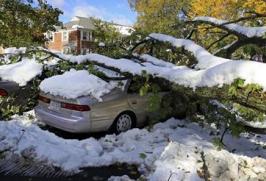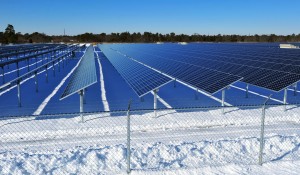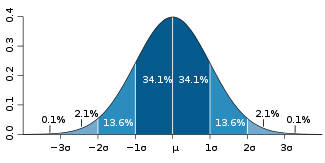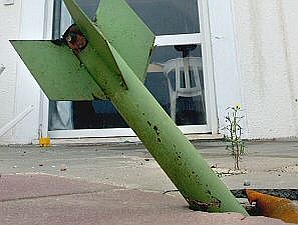
 Tweet The few inches of heavy wet snow that fell in October took out power in parts of New Jersey and Connecticut. Millions lost power in the storm. Nine days later 50,000 remain without power in Connecticut. Hundreds are without power New Jersey and Massachusetts. Connecticut Outage map here. News coverage here: Business Week / NPR / NY Times.
Tweet The few inches of heavy wet snow that fell in October took out power in parts of New Jersey and Connecticut. Millions lost power in the storm. Nine days later 50,000 remain without power in Connecticut. Hundreds are without power New Jersey and Massachusetts. Connecticut Outage map here. News coverage here: Business Week / NPR / NY Times.
People in New Jersey have installed over 400 MW of nameplate capacity solar. While this is a fraction of the 7.0 GW, or 7,000 MW, of generating capacity needed by the 8 million or so people who reside in New Jersey, and these systems don’t feed the grid when the power is out, let’s do a thought experiment.
 Let’s imagine each of the 50,000 in Connecticut who remains without power had a PV solar array. They’d have power during the day. Lets also imagine that microhydro turbines along the Connecticut River, in other rivers, off the shores, and a set of utility scale wind turbines. The result? Power, day and night, without pollution. Power without the need to mine coal, drill for oil, fracture the ground for methane, or generate tons of radioactive waste.
Let’s imagine each of the 50,000 in Connecticut who remains without power had a PV solar array. They’d have power during the day. Lets also imagine that microhydro turbines along the Connecticut River, in other rivers, off the shores, and a set of utility scale wind turbines. The result? Power, day and night, without pollution. Power without the need to mine coal, drill for oil, fracture the ground for methane, or generate tons of radioactive waste.
Lets further postulate 50 MW on each of the public schools, and 1.5 to 5.0 MW on each of the colleges and universities in the state.
In the event of a major outage from a storm like the October Surprise of 2011, or Irene, the schools could be used as emergency shelters with power, during the day when the sun is shining – as it has been since the storm.
And these systems generate power in predictable amounts, with no fuel and no pollution.
An emergency backup power system is only used during an emergency. Solar energy systems are used every day – and so are a more efficient use of capital.
And as the picture above suggests – there’s an interesting feedback pattern when snow falls on a solar array. Solar arrays are pitched to face the sun. Snow is translucent – allows light to pass thru. The snow covered solar array generates power, which generates heat, which melts the snow, exposing the array to more sunlight – which generates more power.




